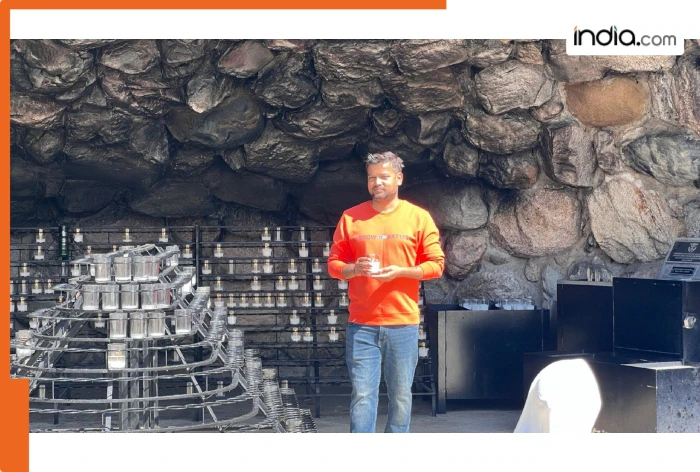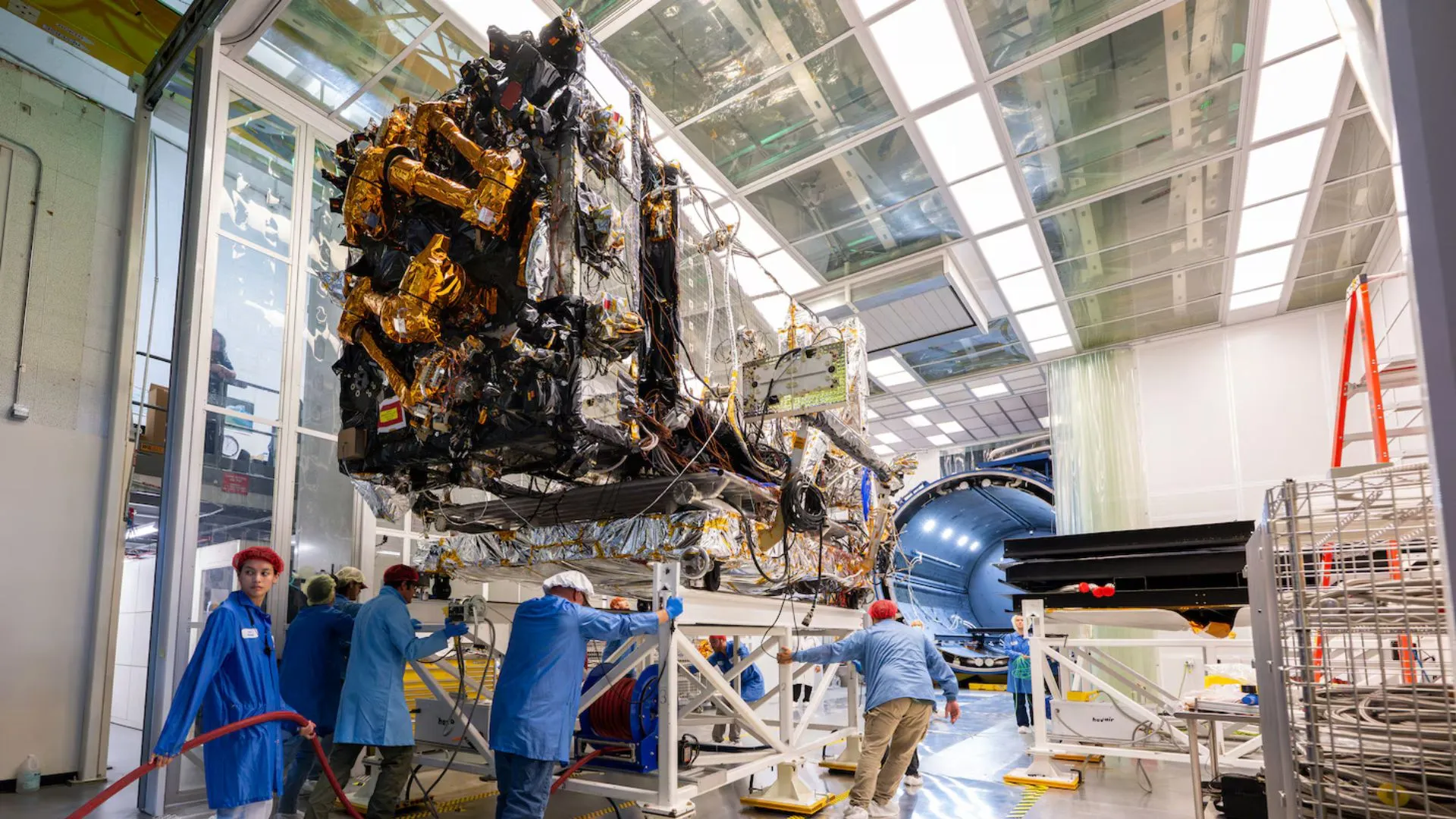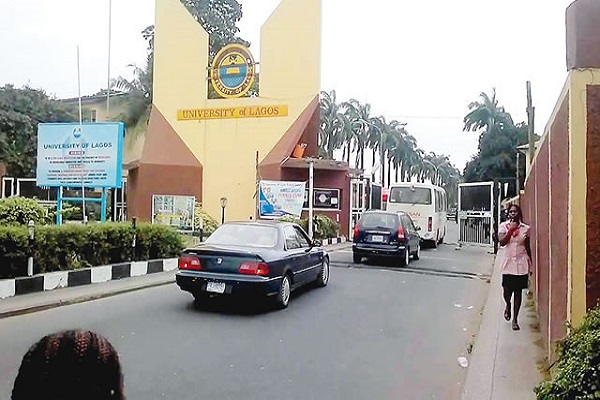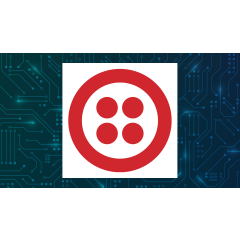By Priyanka Gupta
Copyright india

India’s e-commerce and mobility sectors are racing ahead with over two-thirds of grocery orders delivered via ultra-fast services in 2024 a figure set to grow 40% annually through 2030. But behind every “one-day delivery” promise lies a tougher challenge: scaling speed without driving up costs or losing trust. The real breakthroughs come not from more vans but from real-time systems like predictive models and fraud detection. Few know how to build them at scale better than Ankur.
Drawing on a career spanning Amazon Ola Cabs India’s largest ride-hailing platform and Travel Triangle the country’s leading holiday marketplace Ankur has shaped the systems behind each company’s delivery and mobility operations. Combining analytical rigor with a strong focus on customer experience he has spearheaded more than a dozen fraud detection initiatives at Amazon’s last-mile division introduced a gamified partner engagement platform at Travel Triangle and co-created Ola’s first shared mobility product benefiting millions of commuters across India. His work also includes developing AI-based route planning tools that improved delivery precision and customer satisfaction.
The Architecture Behind Fast Delivery
Fast delivery may seem effortless but it relies on split-second decision routing driver assignment demand forecasting and delay prevention all powered by carefully engineered data-driven systems. At Amazon Ankur played a pivotal role in designing these frameworks. His tenure marked a turning point in his career where he led cross-functional technology initiatives within the fast delivery ecosystem:
Smarter Delivery Planning.. At Amazon Ankur helped build a system that predicts how many drivers are needed at each delivery station based on the number of orders coming in and local conditions across over 400 delivery stations serving millions of customers across the USA. This helped the company avoid last-minute driver availability issues reduce unnecessary driver costs and keep deliveries running smoothly. Thanks to this system many stores can now handle significantly more orders a day more efficiently leading to millions of dollars in savings and faster delivery for customers.
“Optimization isnt about doing more’’ he says. “ its about designing smarter systems that balance supply and demand in real time. So build forecasting into your operations from the start. It prevents reactionary decisions lowers costs and sets you up to scale sustainably.’’
Smarter Time Estimation. Ankur also improved Amazon’s system for estimating how long each delivery would take. By leading a large team and adding new features to the model he helped it better predict traffic and delays allowing routes to be adjusted in real time. These changes made deliveries more reliable and are expected to cut costs by over 10%.
“ML systems don’t work in isolation. Collaborate across functions to translate predictive power into operational gains” Ankur advises.
As demand grows speed alone isn’t enough smart decision-making will define success. The future of logistics belongs to systems that can think adapt and optimize continuously.
Building Trust into Systems
But speed is only half the equation. For fast delivery systems to succeed at scale they must also be trusted by customers partners and the platforms that run them. That’s why Ankur’s work extended beyond routing and forecasting into one of the most overlooked pillars of logistics: fraud resilience.
At Amazon Ankur built over a dozen smart systems to catch suspicious activity among delivery drivers like unusual patterns or risky behavior before it became a problem. These tools now work quietly behind the scenes to keep the last-mile delivery network secure and efficient without slowing anything down.
“Fraud prevention isn’t just about blocking risk. It’s about building systems that encourage trust and good behavior at scale” he says.
The impact was twofold: a sharp reduction in fraud rates and improved delivery partner experience through transparent fair systems.
Ankur also developed experimentation platforms that allowed Amazon to test new fraud logic in real-time environments without operational disruption. These platforms have since become a foundational layer for scaling risk operations across Amazon’s North American logistics network.
“When systems are driven by live data and experimentation you don’t just prevent fraud you build a more resilient and trustworthy platform” he says. “When moving fast invest in tools that let you test quietly and iterate quickly.”
Breakthroughs in logistics happen when scientific ideas meet real-world operations. Today’s smartest delivery systems go beyond speed they rely on real-time adaptability experimentation and pressure-tested decision-making. What sets top innovators apart is their ability to turn complex models into practical everyday solutions.
Recalling how he brought together engineering operations finance and field teams at Amazon Ankur says: “A good system should never depend on one perfect plan. It should learn respond and grow with the people using it. That’s when real innovation sticks and that’s how you build something that lasts.”
Fast delivery is really a test of systems thinking. India’s future in e-commerce depends not just on how quickly companies can move products but how intelligently they can move them at scale.



